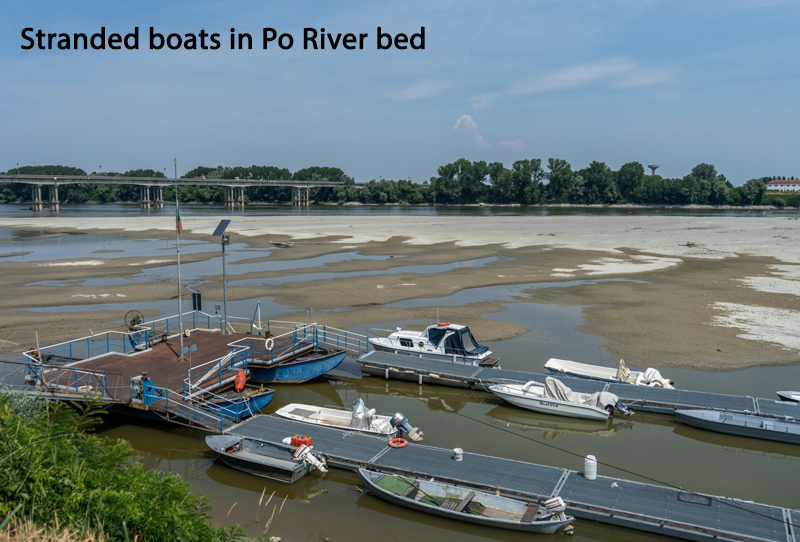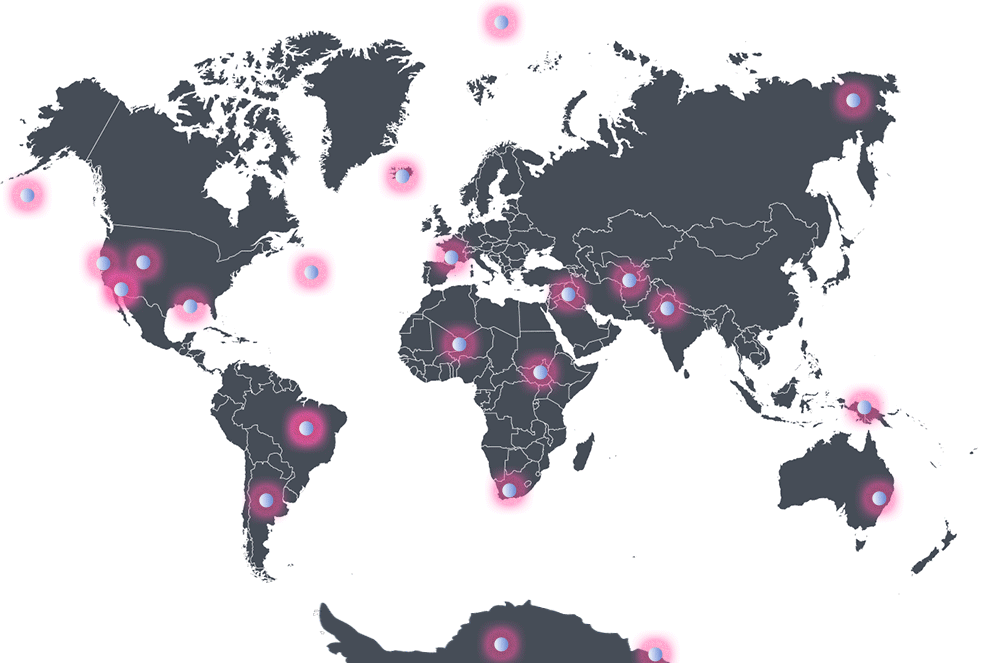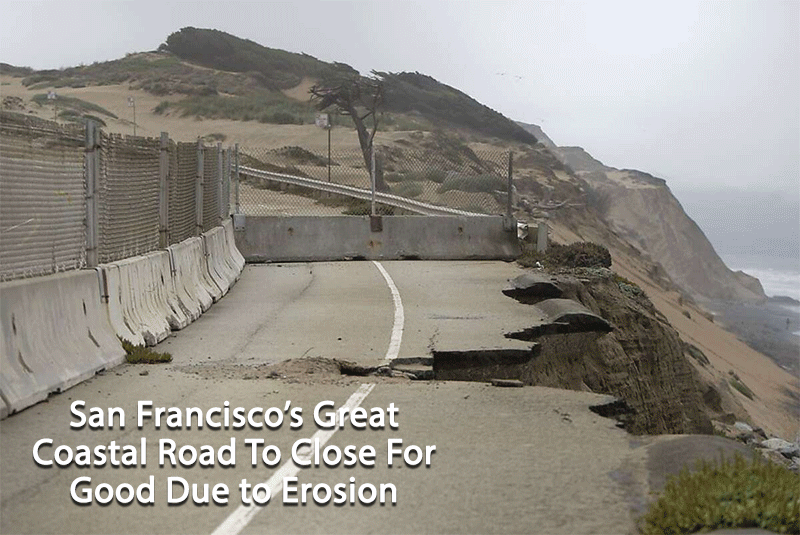Midwestern Drought Drives Record River Levels
The ongoing Midwestern drought has reduced the mighty Mississippi to a trickle of its usual self, causing serious disruption to one of the country’s primary shipping routes. The key Memphis river gauge showed a record low of -10.81 ft, with other meters across the region confirming the trend.
Barge traffic has dwindled significantly as cargo levels have been reduced, allowing the boats to ride higher in the water. Critical commodities such as corn, soybeans, wheat, coal and oil move through this essential corridor. The iconic waterway drains about 41% of the country.
The remnants of Hurricane Roslyn provided some temporary relief, but the dry pattern is expected to continue throughout the winter.

Methane levels continue to rise
Atmospheric levels of the three main greenhouse gases warming our planet – carbon dioxide, methane and nitrous oxide- all reached new record highs in 2021, according to a new report from the UN’s World Meteorological Organization (WMO).
Famine grows
It isn’t just the climate change driven drought, the price of artificial fertilizer is making agriculture more challenging than ever in poorer nations.
Most coal burning utilities are contaminating groundwater
A new study, released on Thursday by Earthjustice and the Environmental Integrity Project, looked at 292 sites around the country, from the desert outside Las Vegas to the coast of Massachusetts. The source is coal ash, a toxic byproduct of burning coal. And according to this article in Grist, about half of them have no plans to do anything about it. Because they are coal burning utilities.
Wells run dry in the southwest due to drought and abuse
Big international agriculture firms are stealing water from local aquifers in Arizona and other southwestern states to grow crops for export.
A Tresa



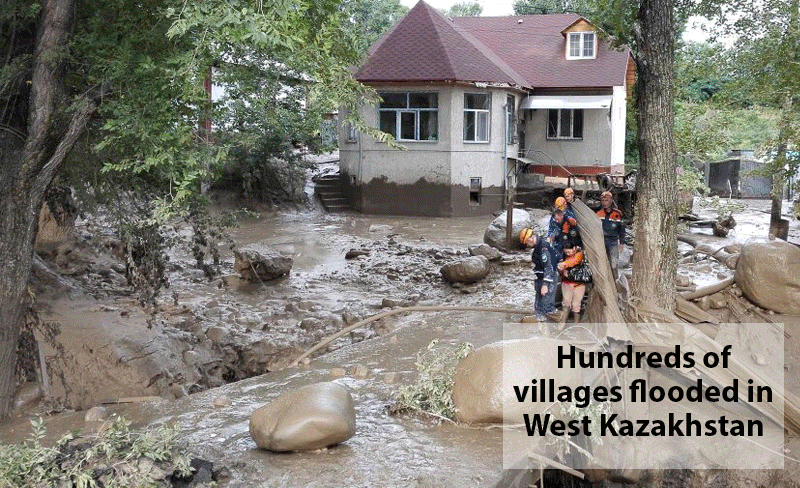
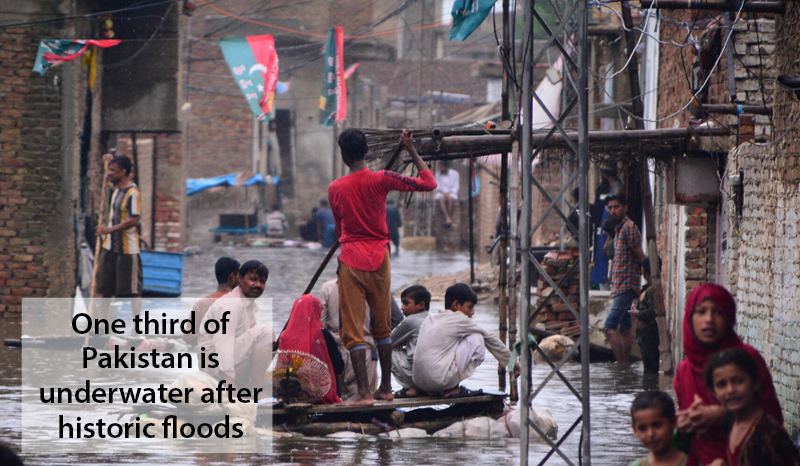

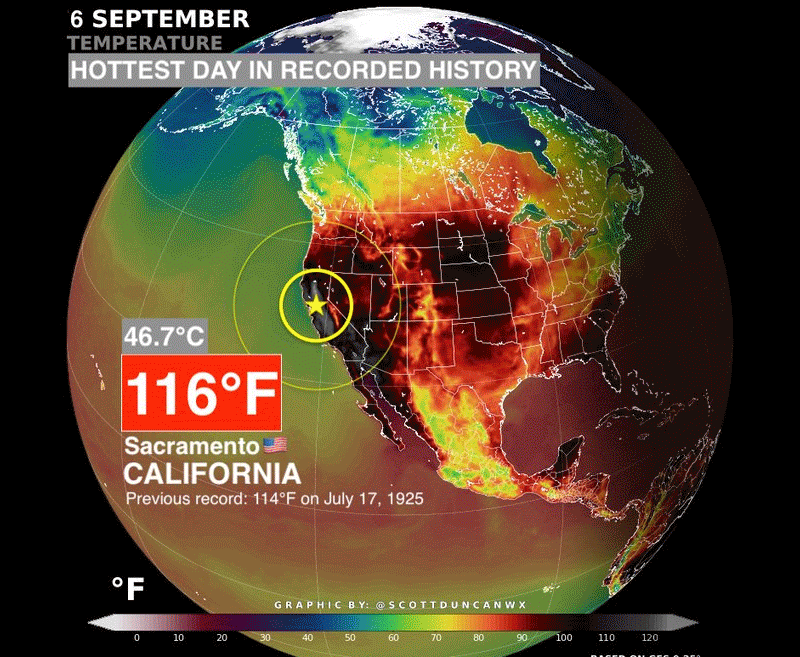
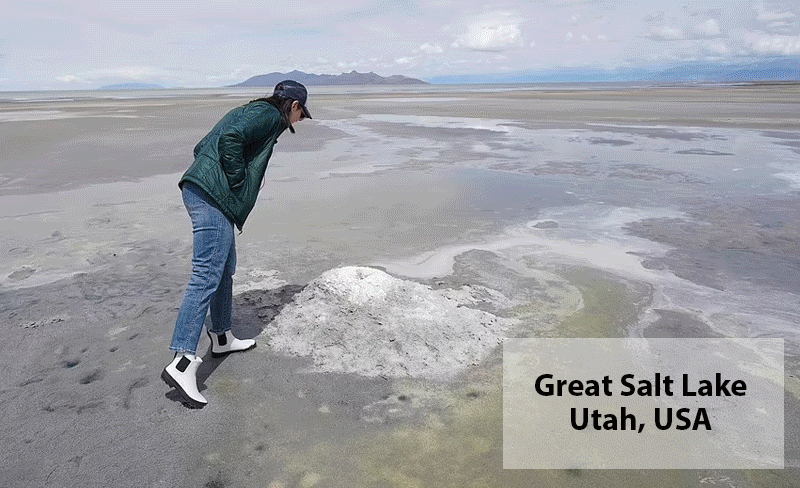
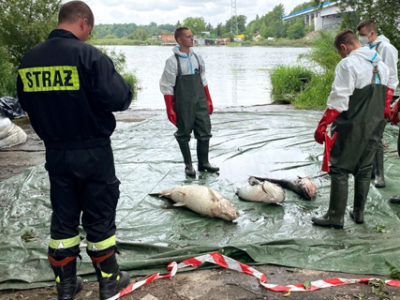


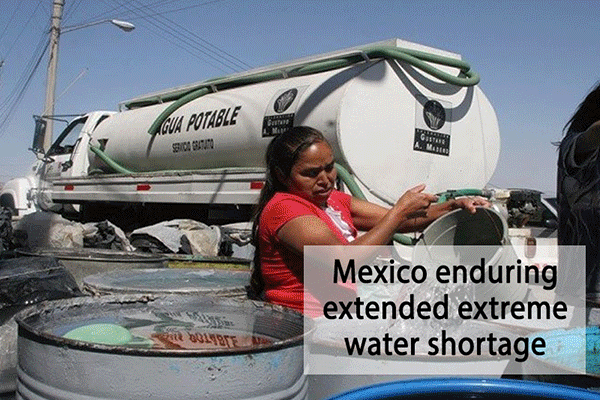 \
\

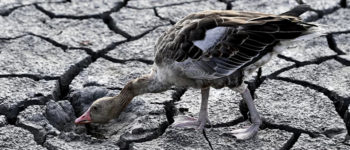




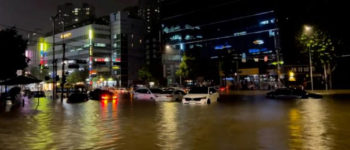 Lethal flooding has also his Seoul, Korea following record downpours, resulting in at least ten dead, mass evacuations and flooded subway stations in the capital.
Lethal flooding has also his Seoul, Korea following record downpours, resulting in at least ten dead, mass evacuations and flooded subway stations in the capital. 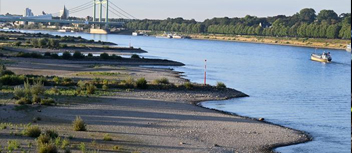 Drought and another record heat wave have resulted in rapidly dropping water levels on the critical Rhine River in Germany.
Drought and another record heat wave have resulted in rapidly dropping water levels on the critical Rhine River in Germany. 

